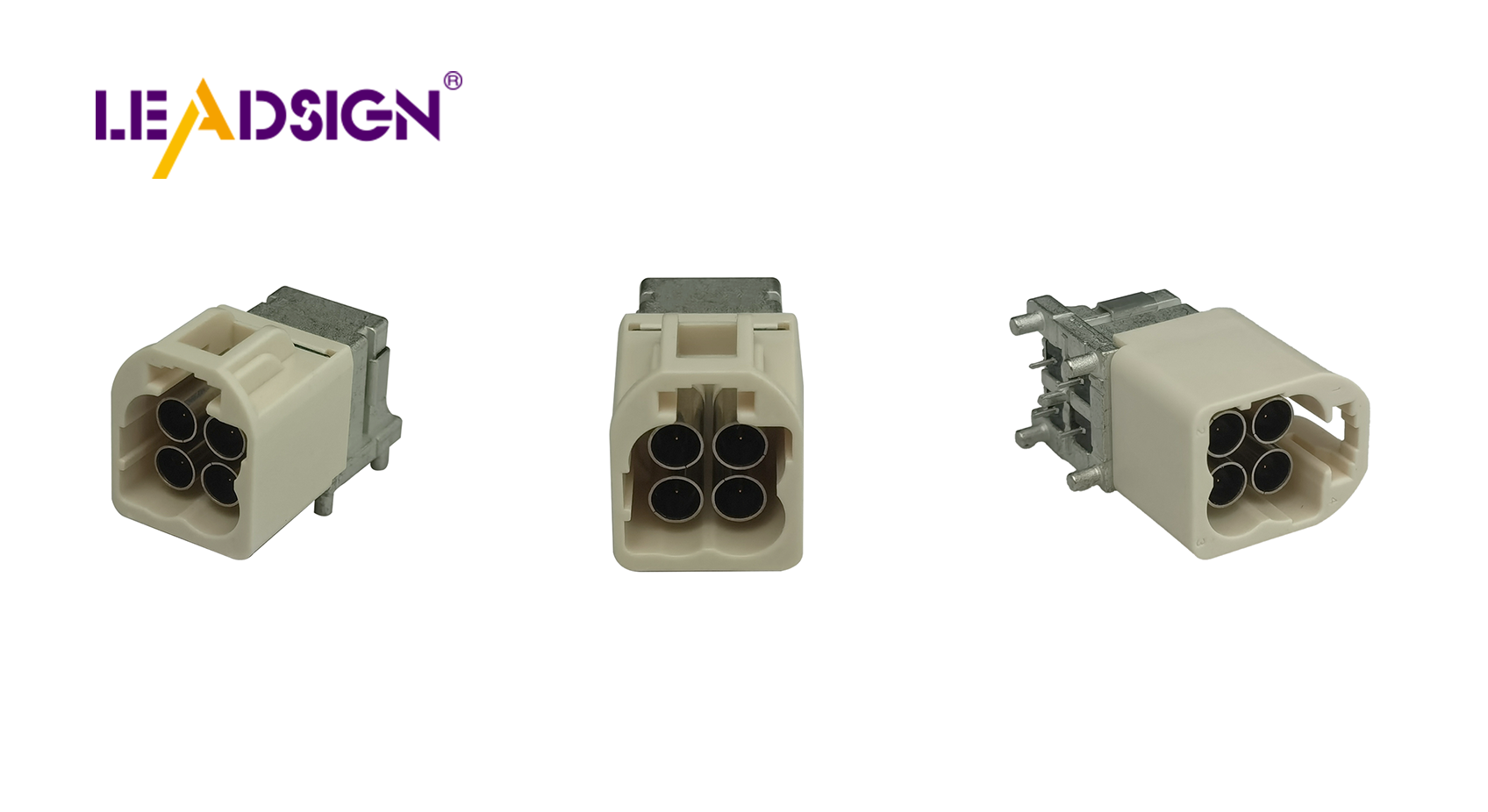Innovations Shaping the Future of Automotive Wiring Connector Types

Automotive electrical connectors types are crucial components in vehicles. They facilitate communication between different parts and ensure safety. With the increasing popularity of electric cars, the demand for these specialized connectors is rapidly rising. Innovations in automotive electrical connectors types play a vital role in enhancing vehicle performance and safety. The automotive connector market is projected to reach a significant value of USD 20.33 billion by 2030, highlighting the continuous need for advancements in this field.
Current Trends in Automotive Electrical Connectors Types
Miniaturization in Automotive Electrical Connectors Types
Making connectors smaller is changing the industry. Tiny connectors have many good points:
Benefits of smaller connectors
Space Efficiency: Small connectors free up space in cars. Designers can add more features without making cars bigger.
Weight Reduction: Lighter connectors help make cars weigh less, which improves fuel use and performance.
Cost Savings: Smaller parts need fewer materials, cutting down on manufacturing costs.
Challenges in miniaturization
Even with benefits, making things small has problems:
Complex Manufacturing: Making tiny connectors with exact details needs advanced techniques.
Maintaining Performance: Small connectors must still work well and handle power. They need to meet global OEM standards for good performance.
Enhanced Reliability in Automotive Electrical Connectors Types
Reliability is key for automotive electrical connectors types. Good connectors keep vehicle systems talking safely and working well.
Importance of reliability in automotive systems
Safety Assurance: Reliable connectors stop failures that might harm safety.
System Integrity: They keep complex car systems working smoothly.
Innovations improving connector reliability
Advanced Materials: Makers use tough materials that last and handle rough conditions.
Eco-Friendly Initiatives: The industry aims to cut environmental impact by recycling materials and saving energy.
Integration with Advanced Technologies
Connecting automotive electrical connector types with new tech is crucial for modern cars.
Connectors in electric and autonomous vehicles
Electric Vehicles (EVs): High-voltage connectors give power to electric engines, vital for EVs.
Autonomous Vehicles: Connectors link sensors and cameras needed for self-driving systems.
Role in vehicle-to-everything (V2X) communication
Enhanced Connectivity: Connectors let cars talk to roads, other cars, and gadgets.
Data Transmission: Fast data connectors allow real-time talks, important for car assembly automation and operation.
New Materials and Designs in Car Connectors
Better Materials
Car makers always try to make cars work better. One way is by using new materials for car connectors.
Using Light Materials
Companies use light stuff like aluminum to improve cars. These materials make connectors lighter, which helps cars use less fuel and pollute less. Light materials also help make smaller parts, important when space is tight in cars.
Strength and Performance
Light materials are good but must be strong too. Car connectors face tough conditions like heat and shaking. Strong materials keep connectors working well over time. This strength is key for keeping car systems running safely.
Smart Design Ideas
New designs change how car connectors work. Engineers create designs that are useful and flexible.
Modular Connector Designs
Modular designs are a big step forward. They let makers easily change and grow parts. With modular designs, companies can fit connectors to many uses without starting from scratch. This saves money and makes fixing easier.
Custom Fit for Uses
Customizing is important for different car needs. Connectors must fit special uses like electric engines or self-driving tech. Custom parts ensure the best performance by matching each need perfectly. This helps cars work better with new tech.
Tesla's smart wiring shows how the industry moves to simple designs. By using a common backbone setup, Tesla uses robots in making wire harnesses, cutting down on complexity and boosting connector efficiency.
Future Prospects and Challenges for Car Connectors
New Technologies
New tech is changing car connectors. These changes aim to make them work better.
IoT's Effect on Connectors
The Internet of Things (IoT) changes how connectors are made. IoT needs fast data connectors that keep signals strong. Old connectors focused on saving fuel and being light. Now, they must meet new needs. IoT wants modular parts so cars can talk to many gadgets easily. This helps cars connect with their surroundings, making them safer and better.
AI's Role in Making Connectors
Artificial Intelligence (AI) is key in making car connectors. Smart AI connectors have sensors for checking themselves. They help fix problems before they happen, cutting downtime and boosting trust. AI helps design connectors that work well in different settings, ensuring top performance. With AI, makers can build connectors ready for today and tomorrow.
Tackling Industry Problems
The car industry has problems with connector tech growth. Solving these is crucial for progress.
Standardization Problems
Standard rules are hard to set because there are many connector types. Without common rules, new tech can't fit together well. Leaders need to agree on standards that allow new tech while keeping quality high.
Environmental Rules
Environmental rules also affect making connectors. Makers must follow strict laws to cut harm to nature by using green materials and methods. Plus, connectors must handle tough conditions like heat without failing. Balancing these needs with innovation is a big task.
Innovations in car wiring connectors are changing things. Smart connectors make cars better by allowing real-time checks and fixing problems before they happen. They help save time and money on repairs, which is very useful for big groups of cars. Self-driving cars need fast data sharing, increasing the need for better connectors. As people want more from their cars, new ideas are needed in passenger vehicles. AI helps improve how connectors are made and work to fit today's car needs. These changes promise a future with better connections and efficiency in car systems.
See Also
Transforming Automotive Connectivity: Benefits of HFM Connectors
Enhancing Automotive Data Transfer: Innovative Connectors and Cables
Significance of Fakra Connectors in Contemporary Vehicles

